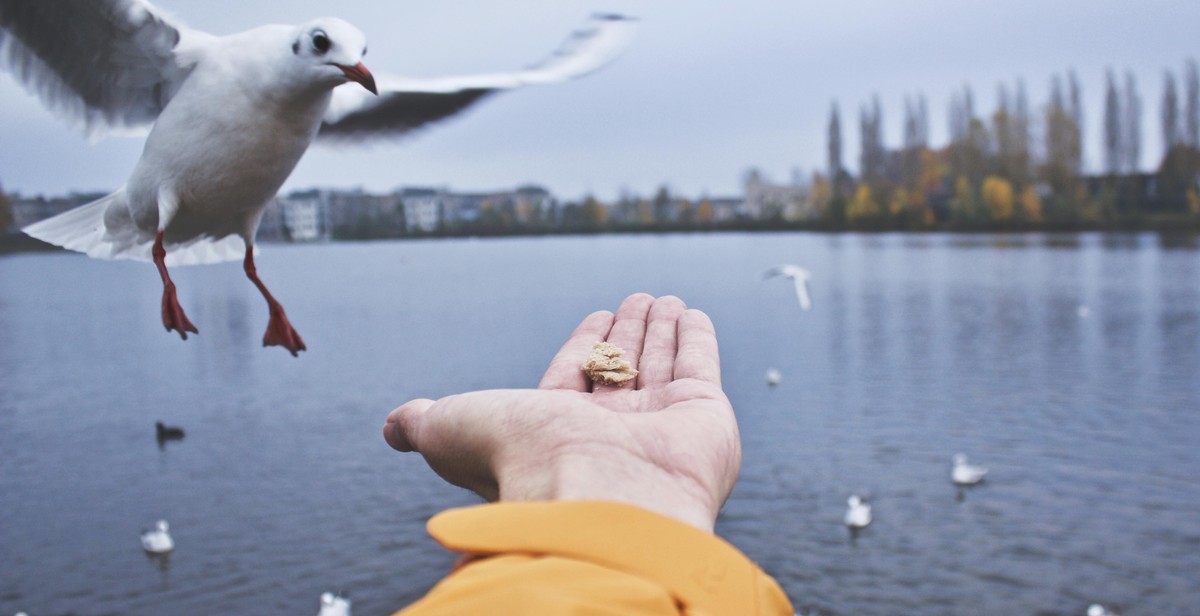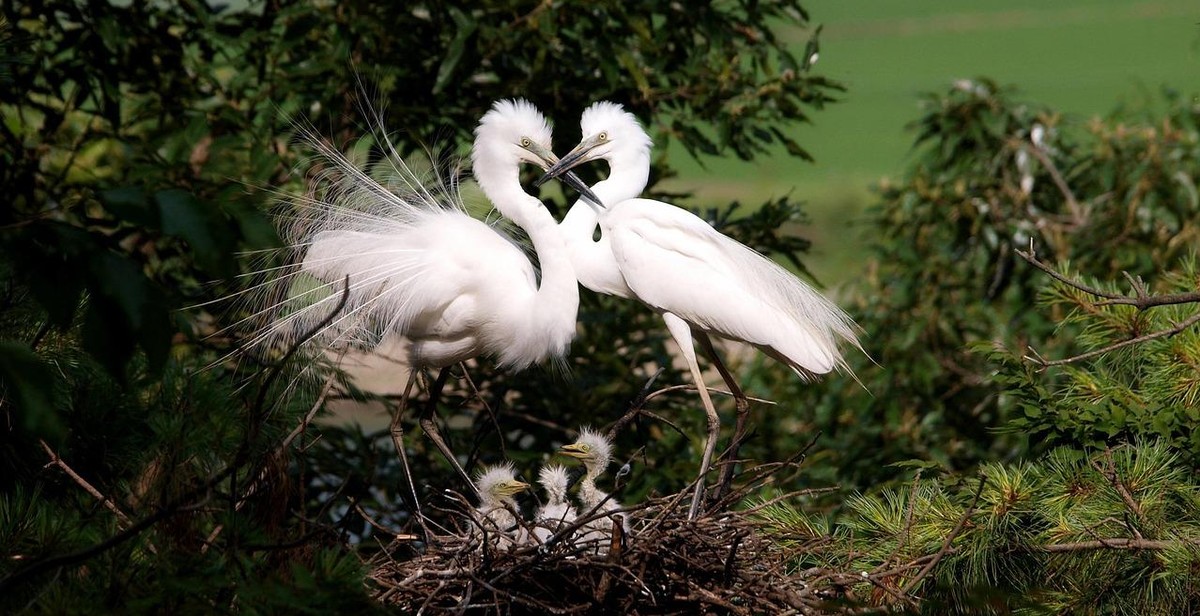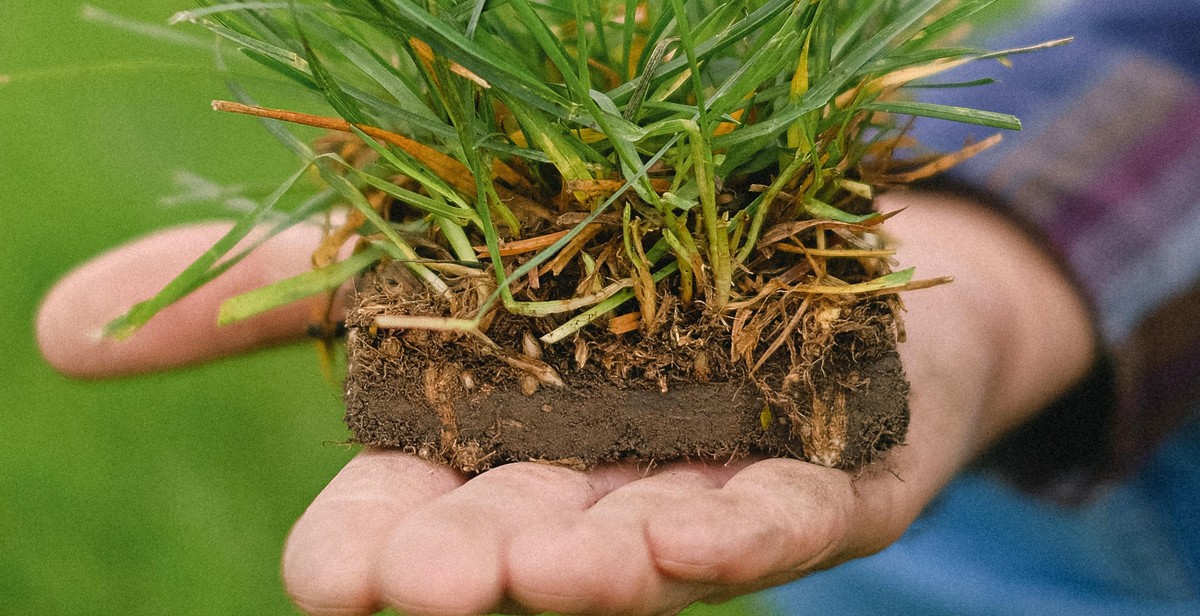How to Create a Wildlife-Friendly Garden: Tips for Attracting Birds, Bees, and Butterflies
More and more people are becoming aware of the importance of creating wildlife-friendly gardens. Not only do these gardens provide a beautiful and peaceful environment, but they also play a vital role in supporting the local ecosystem. Creating a wildlife-friendly garden is a great way to attract birds, bees, butterflies, and other beneficial insects to your yard.
Why Create a Wildlife-Friendly Garden?
There are many reasons why you should consider creating a wildlife-friendly garden. One of the most important reasons is that it helps to support the local ecosystem. By providing food, shelter, and nesting sites for wildlife, you are helping to maintain a healthy balance in the environment. Additionally, a wildlife-friendly garden can help to reduce the need for pesticides and other harmful chemicals, which can have a negative impact on the environment and human health.
Creating a wildlife-friendly garden is also a great way to connect with nature and enjoy the beauty of the outdoors. Watching birds, bees, and butterflies in your garden can be a relaxing and rewarding experience, and it can help to reduce stress and improve your overall well-being.
In the following sections, we will provide you with some tips and ideas for creating a wildlife-friendly garden that will attract birds, bees, and butterflies to your yard.

Choosing Native Plants
Native plants are the backbone of any successful wildlife-friendly garden. They provide food and habitat for birds, bees, and butterflies, and are adapted to the local climate and soil conditions. Choosing native plants also has several benefits, including:
- Low maintenance: Native plants are adapted to local conditions, so they require less water, fertilizer, and pesticides than non-native plants.
- Drought-tolerant: Native plants have deep roots that help them survive during periods of drought.
- Biodiversity: Native plants attract a variety of wildlife, which helps create a healthy and diverse ecosystem.
- Cost-effective: Native plants are often less expensive than non-native plants because they are easier to grow and maintain.
Selecting the Right Plants
When selecting native plants for your garden, it’s important to consider the following:
| Factor | Consideration |
|---|---|
| Location | Choose plants that are native to your region and climate. |
| Soil | Choose plants that are adapted to your soil type and pH level. |
| Light | Choose plants that are suited to the amount of sunlight your garden receives. |
| Water | Choose plants that are adapted to your local rainfall patterns and soil moisture levels. |
Creating Diversity in Your Garden
Creating a diverse garden is key to attracting a variety of wildlife. Choose a mix of plants that provide food and habitat throughout the year, such as:
- Native trees and shrubs that provide shelter and nesting sites.
- Wildflowers that provide nectar and pollen for bees and butterflies.
- Grasses and sedges that provide food and shelter for birds and other wildlife.
- Fruit-bearing plants that provide food for birds and small mammals.
By choosing native plants and creating a diverse garden, you can attract a variety of birds, bees, and butterflies to your yard and help create a healthy and thriving ecosystem.

Providing Food and Water
One of the most important aspects of creating a wildlife-friendly garden is providing food and water sources for the animals. Here are some tips for attracting birds, bees, and butterflies:
Food Sources for Wildlife
There are many different types of food that you can provide for wildlife in your garden. Here are a few ideas:
- Plant native flowers, shrubs, and trees that produce seeds, berries, and nuts that animals can eat.
- Install bird feeders and fill them with seeds, suet, and other bird-friendly foods.
- Leave fallen fruit on the ground for animals to eat.
- Provide habitats for insects, such as butterfly larvae, by planting host plants like milkweed.
- Install a hummingbird feeder and fill it with nectar.
By providing a variety of food sources, you can attract a wide range of wildlife to your garden. Just be sure to research which types of animals are native to your area and what foods they prefer.
Water Sources for Wildlife
Water is essential for wildlife, especially during hot and dry weather. Here are some tips for providing water sources in your garden:
- Install a bird bath and keep it filled with fresh, clean water.
- Include a small pond or water feature in your garden.
- Provide shallow dishes or bowls of water for bees and butterflies to drink from.
- Make sure to clean and refill water sources regularly to prevent the spread of disease.
Having a reliable source of water can help attract a variety of wildlife to your garden, including birds, bees, and butterflies.
Conclusion
By providing food and water sources for wildlife, you can create a garden that is not only beautiful but also beneficial for the environment. With these tips, you can attract birds, bees, and butterflies to your garden and help support local ecosystems.

Creating Habitats
Creating habitats in your garden is essential in attracting and supporting wildlife. Here are some tips to help you create a wildlife-friendly garden:
Nesting and Roosting Spots
Provide nesting and roosting spots for birds by installing birdhouses or nesting boxes. Different species of birds have different preferences, so make sure to research the specific needs of the birds you want to attract. Place the birdhouses in a sheltered area, away from predators and direct sunlight. You can also create natural nesting spots by leaving dead trees or branches in your garden, which can provide a habitat for cavity-nesting birds.
For bats, install bat boxes in your garden. Bats are beneficial for controlling insect populations and pollinating plants. Bat boxes should be placed in a warm and sheltered area, away from predators.
Creating Shelter
Creating shelter in your garden is important for protecting wildlife from harsh weather conditions and predators. You can create shelter by planting shrubs and trees, which can provide cover for birds and small mammals. Make sure to plant a variety of native plants that bloom at different times of the year to provide food and shelter for wildlife throughout the year.
You can also create shelter by leaving leaf litter and fallen branches in your garden, which can provide cover for insects and small mammals. Avoid using pesticides and herbicides in your garden, as they can harm wildlife and destroy their habitats.
Habitat for Butterflies
Creating a habitat for butterflies is easy and can add a beautiful element to your garden. Planting native flowers and plants that provide nectar and food for caterpillars is essential. Some examples of plants that attract butterflies include milkweed, goldenrod, and coneflower. You can also create a butterfly puddling station by filling a shallow dish with sand, rocks, and water. Butterflies need minerals and salts, which they can obtain from the water in the puddling station.
In conclusion, creating habitats in your garden is crucial in attracting and supporting wildlife. By providing nesting and roosting spots, creating shelter, and planting native plants, you can create a wildlife-friendly garden that will attract birds, bees, butterflies, and other wildlife.

Maintaining Your Garden
Maintaining your garden is important to keep it healthy and attractive to wildlife. Here are some tips:
Pruning and Weeding
Pruning and weeding are essential for maintaining a healthy garden. Regular pruning helps to keep plants in shape and encourages new growth. Weeding removes unwanted plants that compete with your garden plants for nutrients and water. Be sure to dispose of weeds properly, as some can be invasive and harmful to wildlife.
Avoiding Pesticides
Avoid using pesticides in your garden, as they can be harmful to wildlife and disrupt the ecosystem. Instead, use natural methods to control pests, such as companion planting, which involves planting certain plants together to deter pests, or using natural predators like ladybugs and praying mantises.
Composting
Composting is a great way to recycle organic material and provide your garden with nutrient-rich soil. Compost can be made from kitchen scraps, yard waste, and other organic materials. It not only helps to improve soil quality but also reduces the amount of waste sent to landfills.
| Benefits | Explanation |
|---|---|
| Reduces waste | Composting reduces the amount of organic waste sent to landfills. |
| Improves soil quality | Compost provides nutrient-rich soil that can improve plant growth. |
| Reduces greenhouse gas emissions | Composting reduces methane emissions from landfills. |
By following these tips, you can maintain a healthy and wildlife-friendly garden that will attract birds, bees, and butterflies.
